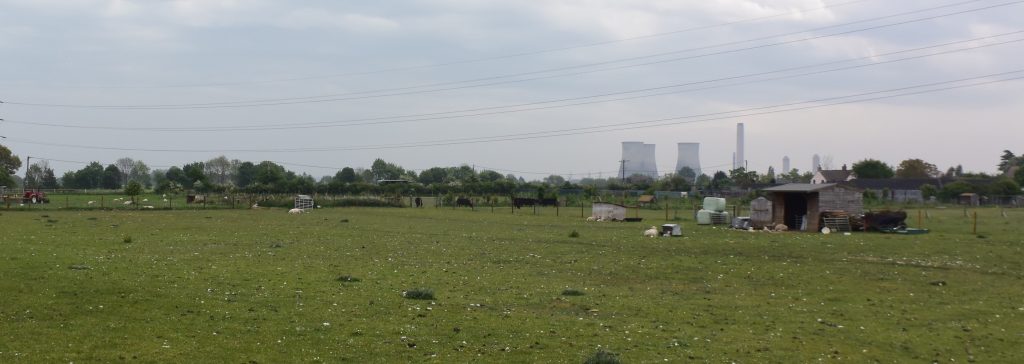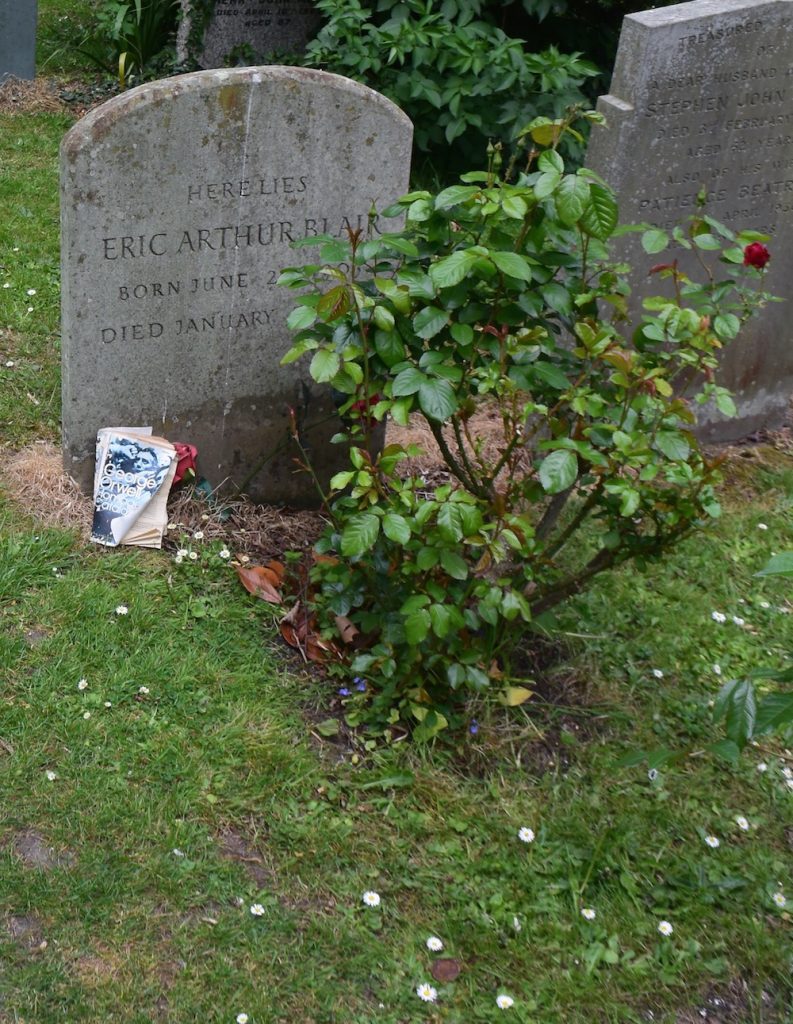This post is adapted from my book: King Alfred: A Man on the Move, available from Amazon. It would be great if you could support this project by purchasing a copy.
There are numerous lovely villages in Oxfordshire, and this is certainly one of them. It has been speculated that this is where Alfred married Ealhswith in 868, around the time of the engagement with the Vikings at Nottingham.
One problem is that Asser tells us that the marriage took place in Mercia. Sutton Courtenay is close to the Thames, which acted as a border between Wessex and Mercia. But Sutton Courtenay is on the Wessex side! However, digging deeper, one discovers that parts of what was then Berkshire (and now Oxfordshire) were under Mercian control. So, on that criterion, Sutton Courtenay is possible as the location of the marriage.
Also of note are the significant archaeological findings. The popular archaeology television programme Time Team conducted a dig (video here) to the west of the village and they found the largest Anglo-Saxon hall in England and suggested that it was royal. However, one problem is that it seemed to be from an earlier period than the time of King Alfred, although we don’t know whether it’s size and significance persisted in some way. For those who like detail, the analysis of the dig is here.

There is also speculation that Sutton Abbey may be on the site of a former Anglo-Saxon royal vill.

Because the site of Alfred’s marriage to Eahlswith is not certain, other sites are available for speculation. In particular, Gainsborough in Lincolnshire has been put forward. This is on the basis that Ealhswith was the daughter of a chief of a people called the Gaini. However, the place-name may instead be based on an individual called Gegn and we can’t be certain that the Gaini were in this area anyway. Gainsborough is, however, in Mercia and only 40 miles or so from Nottingham, where we know Alfred was in 868. However, many, many places were in Mercia and there is nothing to say that he was anywhere near Nottingham in the year that he married.
Back to Sutton Courtenay, and leaving the Anglo-Saxons behind for a moment, I visited All Saints’ church and found it to be more significant than I had anticipated. Amongst other things, one can visit the graves of George Orwell (Eric Arthur Blair) and the former British prime-minister, Asquith.


